Содержание
- 2. 6.1. Labor adaptation of staff Adaptation is a relationship between the employee and the organization that
- 3. Goals of adaptation: to reduce the initial costs; to reduce the uncertainty; to develop the job
- 4. The numbers of aspects of adaptation are determined by their theoretical and practical meaning: 1. Psychological
- 5. The organization of optimal adaptation plays a significant role when working with young specialists. The period
- 6. For the successful adaptation of a new employee it is necessary: To familiarize with the organization
- 7. The success of adaptation depends on several factors: objective of assessment of personnel (both during the
- 8. Personnel manager must use a specially designed program for the adaptation of new employees. The adaptation
- 9. This program covers the following issues: functions, goals and priorities of department, organization, structure and
- 10. 6.2. Determination of the conflict The team (from Lat. Collectivus - prefabricated) - the highest level
- 11. Conflict (from Lat. Conflictus - clash) in a philosophy is an extreme intensification of disagreement, in
- 12. Concrete situation is a real informative material field (objects, people, phenomena, events, relationships), which should lead
- 13. As the researchers note, the conflict has: appear, development, finish, culmination. Add to this post-conflict syndrome
- 14. Conflict can develop explicit (declared) or hidden. Explicitly means the conflict that occurs if the sides
- 15. The culmination of the conflict - a clear (visual) display of the sharp differences made in
- 16. 6.3. The reasons for business and interpersonal conflicts Business and interpersonal conflicts are based on a
- 17. The economic and organizational reasons of psychological conflict in a team include, in turn, two groups
- 18. The essence of the socio-psychological reasons of conflict is psichotipological, moral and spiritual incompatibility of some
- 19. The consequences can be differented depending on the content, participants and conditions of the conflict. 1.
- 20. In accordance to the model by Thomas-Kilmeny there are five ways of conflict regulation: 1) competition
- 21. Any person, according to its own objectives which it pursues, engaging in conflict, may be able
- 23. Скачать презентацию
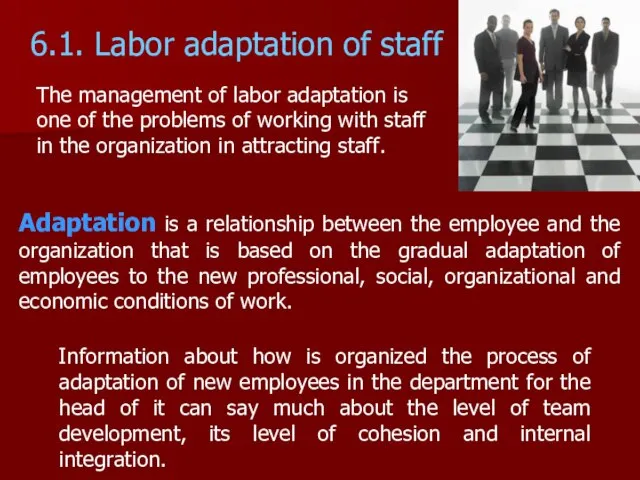
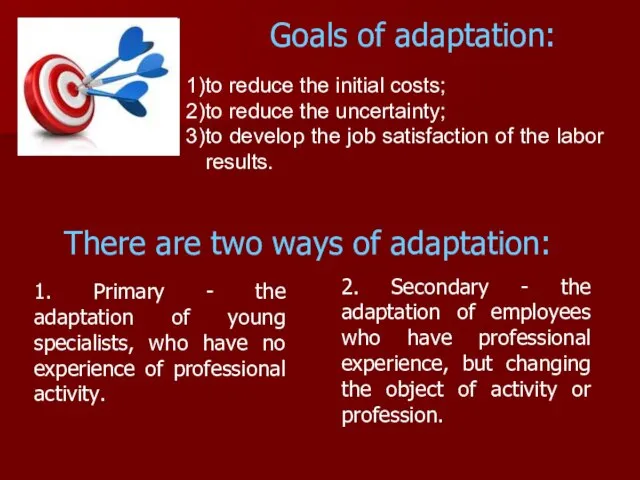
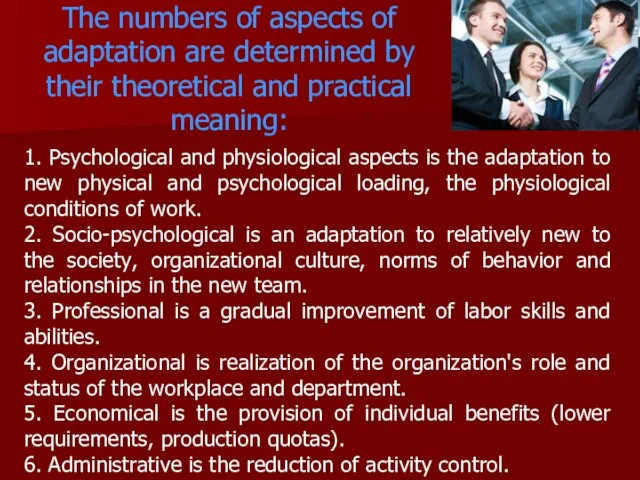
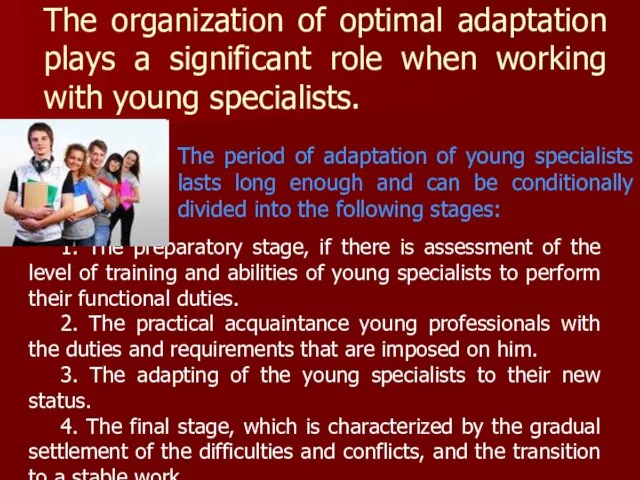
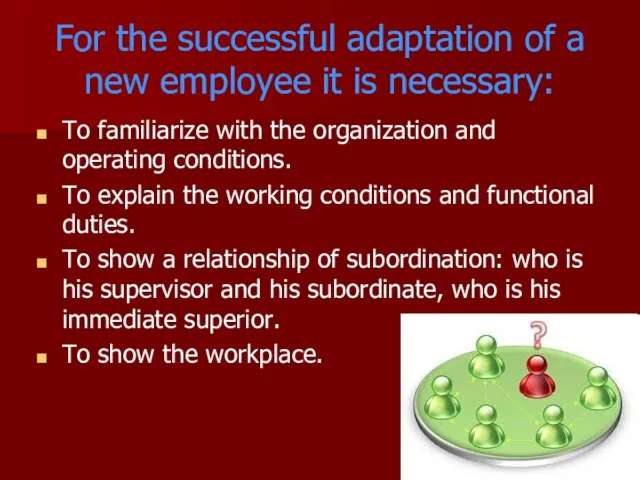
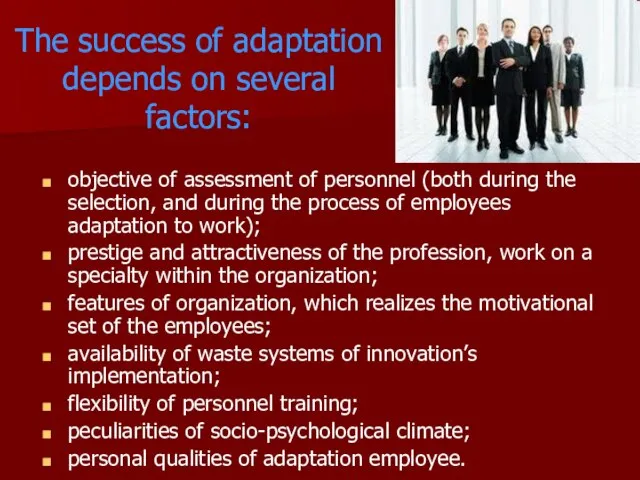
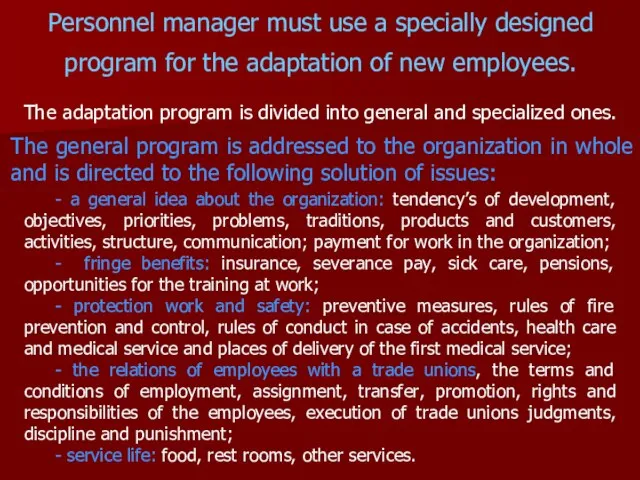

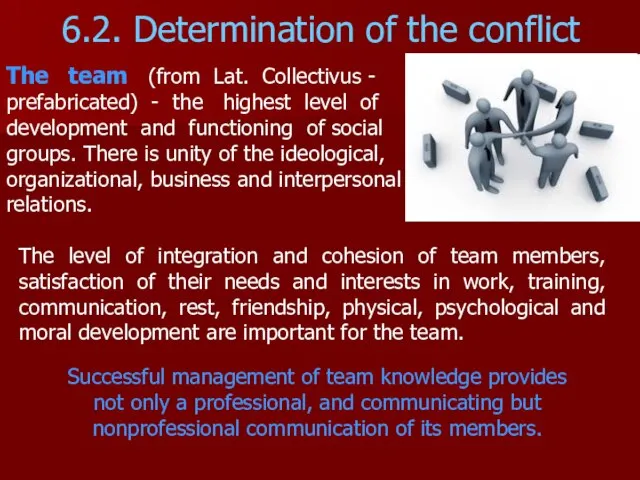
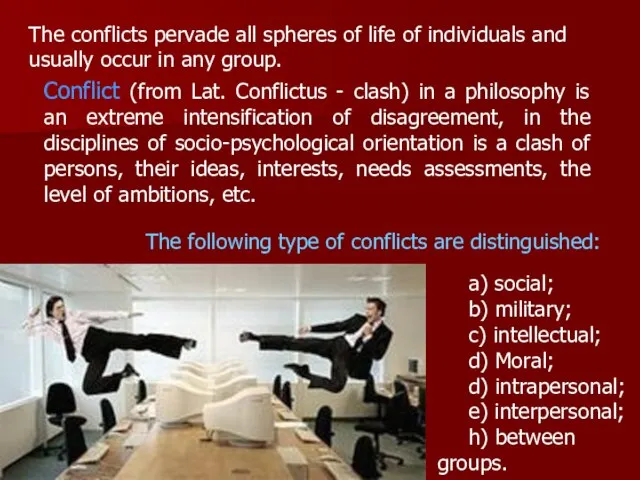
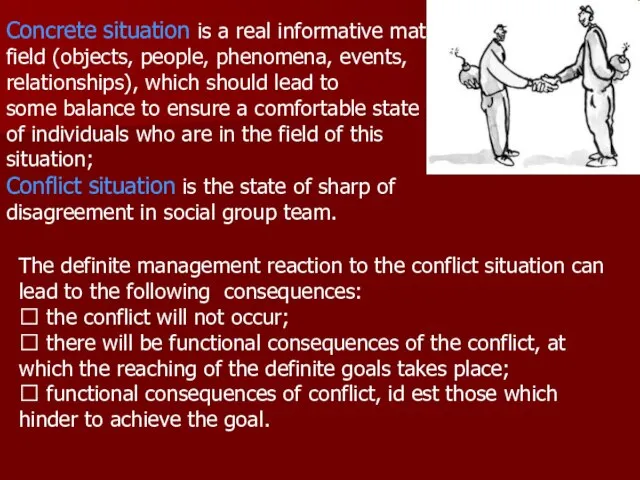
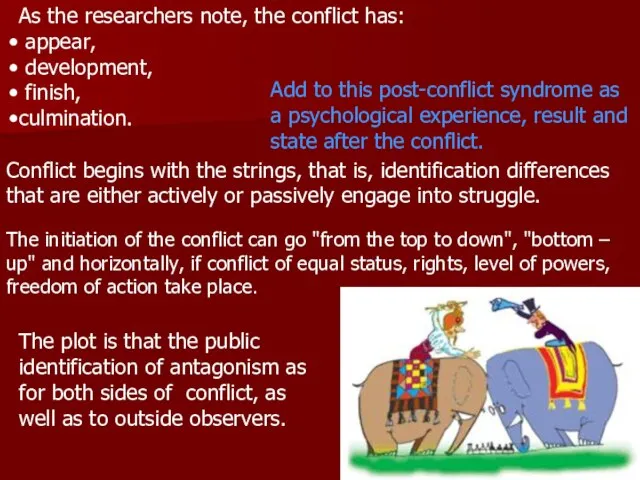
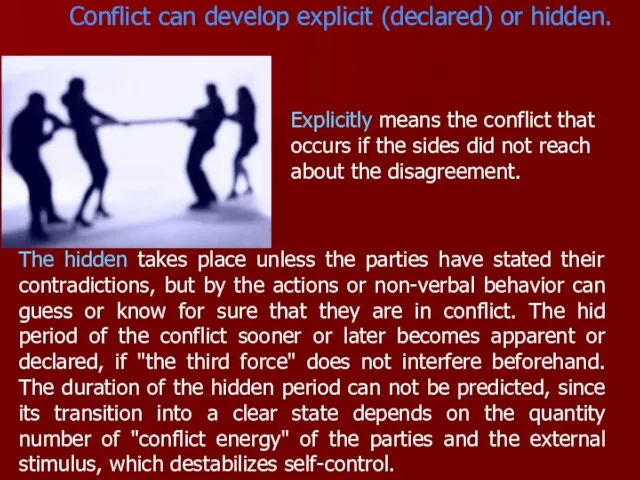
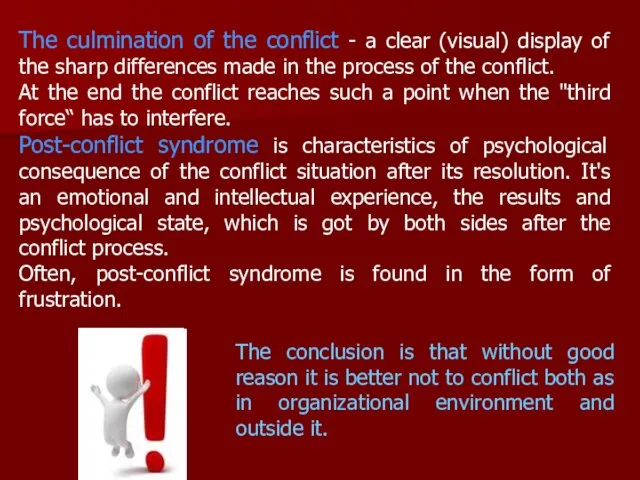
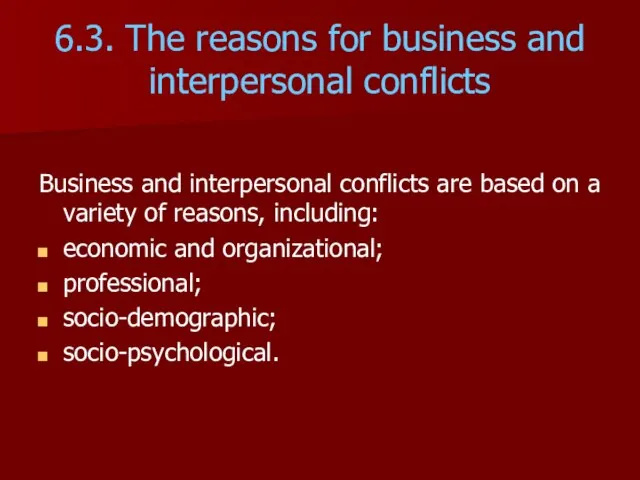
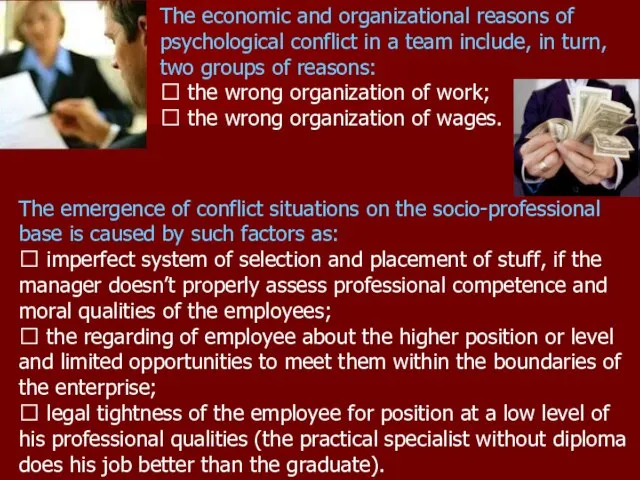

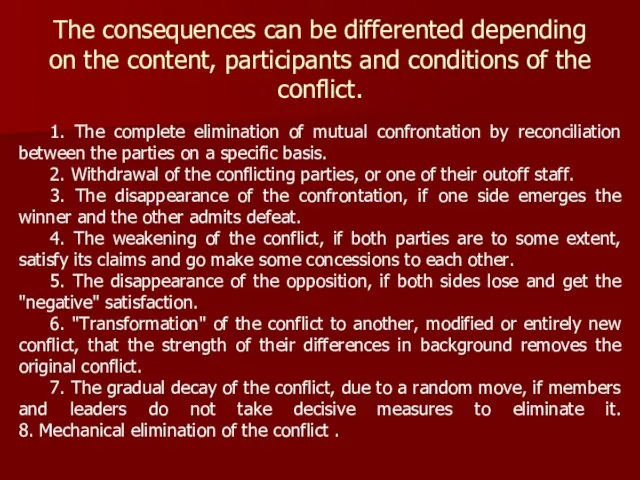
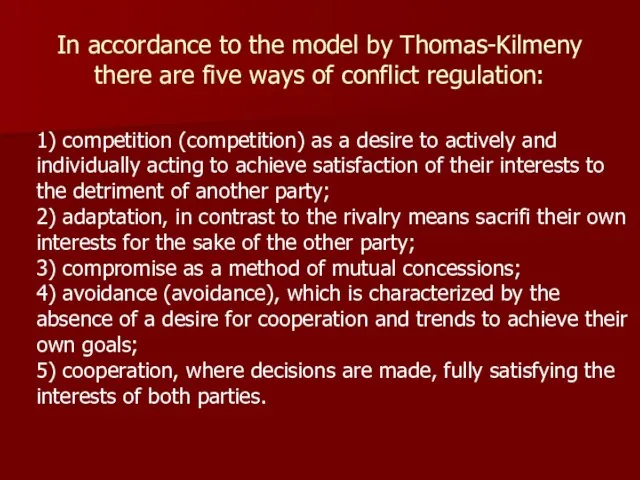
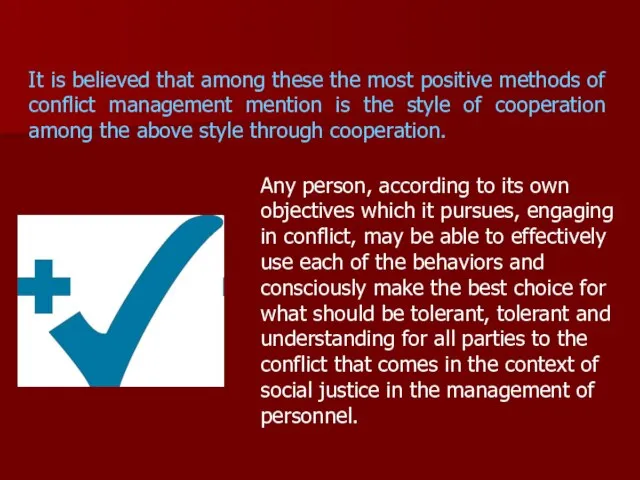
 Федеральный стандарт спортивной подготовки по виду спорта парусный спорт
Федеральный стандарт спортивной подготовки по виду спорта парусный спорт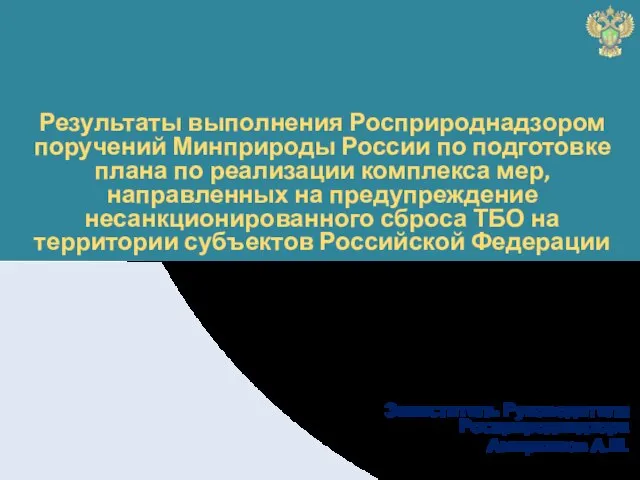 Результаты выполнения Росприроднадзором поручений Минприроды России по подготовке плана по реализации комплекса мер, направленн
Результаты выполнения Росприроднадзором поручений Минприроды России по подготовке плана по реализации комплекса мер, направленн Inventions. Possible but not necessary
Inventions. Possible but not necessary Пауль Клее
Пауль Клее Презентация на тему Светодиоды
Презентация на тему Светодиоды  Десять ошибок в воспитании
Десять ошибок в воспитании Строитель…Найдешь ли профессию в мире нужней?!
Строитель…Найдешь ли профессию в мире нужней?! Доступность государственных и муниципальных услуг для инвалидов
Доступность государственных и муниципальных услуг для инвалидов Методы и средства обеспечения безопасности. Системы менеджмента информационной безопасности. Лекция 3
Методы и средства обеспечения безопасности. Системы менеджмента информационной безопасности. Лекция 3 ГАЗЕТА «РОССИЙСКОЕ СТРАХОВАНИЕ»ДЛЯ ПАРТНЕРОВ
ГАЗЕТА «РОССИЙСКОЕ СТРАХОВАНИЕ»ДЛЯ ПАРТНЕРОВ Медиативные техники профилактики конфликтности педагогического коллектива
Медиативные техники профилактики конфликтности педагогического коллектива Швеция
Швеция Презентация на тему Пресмыкающиеся и их отличительные признаки
Презентация на тему Пресмыкающиеся и их отличительные признаки Сделаем мир добрее
Сделаем мир добрее Основы научных исследований. Курс лекций для студентов ФМИ МГИК,
Основы научных исследований. Курс лекций для студентов ФМИ МГИК, Совет по профориентации УГНТУ
Совет по профориентации УГНТУ Этапы игры 2016 года Партизанская тропа
Этапы игры 2016 года Партизанская тропа Сленг юного британца
Сленг юного британца Корпускулярно-волновой дуализм Луи де Бройля
Корпускулярно-волновой дуализм Луи де Бройля Вертикальное озеленение
Вертикальное озеленение Девушки бывают разные
Девушки бывают разные Правила поведения в условиях ЧС природного и техногенного характера
Правила поведения в условиях ЧС природного и техногенного характера Презентация на тему Расселение Славян
Презентация на тему Расселение Славян  Об основных принципах и механизмах проведения административной реформыв 2007 году
Об основных принципах и механизмах проведения административной реформыв 2007 году Презентация на тему Загадки об овощах и фруктах
Презентация на тему Загадки об овощах и фруктах  Социална работа Регулиране на професията
Социална работа Регулиране на професията Печать
Печать Быть в курсе
Быть в курсе